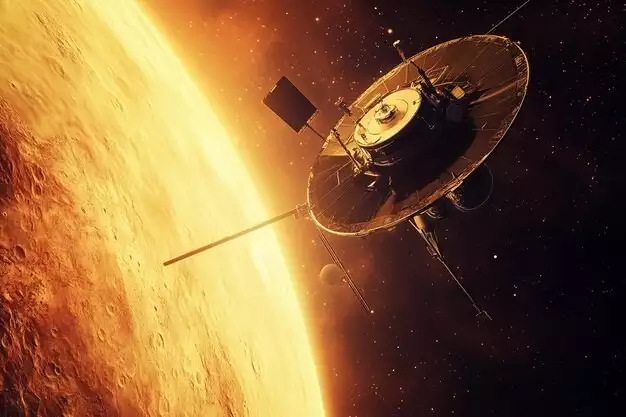The Union Cabinet has recently approved the Venus Orbiter Mission (VOM) to enhance scientific exploration of Venus, focusing on understanding its atmosphere, geology, and generating significant scientific data.
About the Venus Orbiter Mission (VOM):
- Objectives:
- To orbit a spacecraft around Venus for in-depth study of its surface, subsurface, and atmospheric processes.
- To investigate the influence of solar activity on Venusian atmosphere.
- To understand the evolution of Venus compared to Earth, considering it may have once been habitable.
- Development Agency: The Department of Space will oversee the mission, with the Indian Space Research Organisation (ISRO) responsible for spacecraft development and launch.
- Launch Timeline: Scheduled for 2028.
Significance of the Mission
- Scientific Advancements:
- Enhanced understanding of atmospheric dynamics and geology of Venus.
- Insights into the sister planet’s evolution in comparison to Earth.
- Technological Development:
- Encourages future planetary missions with larger payload capacities and optimal orbital insertion techniques.
- Economic Impact:
- High potential for job creation and technology spin-offs across various sectors.
- Involvement of Indian industry and academic institutions in the mission’s development.
About Venus
- Closest planet to Earth, often referred to as “Earth’s twin” due to similar size and shape.
- Thick atmosphere leading to extreme greenhouse effect, making it the hottest planet in the solar system.
- Permanently covered in toxic clouds of sulfuric acid.
- Presence of phosphine in clouds, a potential indicator of microbial life.
- Unique rotation: Venus rotates from east to west, unlike most planets.
Previous and Future Missions to Venus
Past Missions
- Mariner 2 (1962): First spacecraft to reach Venus, confirming no magnetic field.
- Venera 7 (1970): First successful soft landing on another planet.
- Magellan (1990): Conducted near-global radar mapping of Venus’ surface.
- Akatsuki (2015): Currently studying Venus’ atmosphere.
Future Missions
- NASA’s DAVINCI (2029): Venus flyby and probe.
- NASA’s VERITAS (2031): Orbiter mission.
- ESA’s EnVision (2031): Another orbiter focused on Venus
Ref: Source
| UPSC IAS Preparation Resources | |
| Current Affairs Analysis | Topperspedia |
| GS Shots | Simply Explained |
| Daily Flash Cards | Daily Quiz |
Frequently Asked Question:
What is the primary objective of the Venus Orbiter Mission (VOM)?
The VOM aims to study Venus’ atmosphere, surface, and subsurface to understand its geological and atmospheric processes.
Which organization is responsible for developing the Venus Orbiter Mission?
The Indian Space Research Organisation (ISRO) will develop and launch the VOM under the oversight of the Department of Space.
When is the Venus Orbiter Mission (VOM) scheduled for launch?
The mission is scheduled for launch in 2028.
Why is Venus referred to as “Earth’s twin”?
Venus is often called Earth’s twin due to its similar size and shape, though its atmosphere and conditions are vastly different.
What are the scientific goals of the Venus Orbiter Mission?
The mission aims to explore Venus’ atmospheric dynamics, study its geology, and investigate solar influences on its atmosphere.




